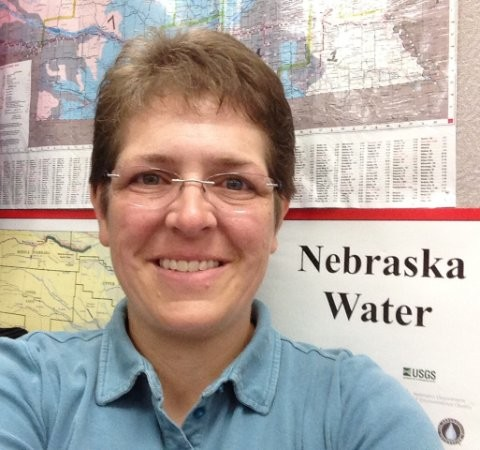In Nebraska, almost 85 percent of people receive their drinking water from groundwater resources. This includes individual homeowners living in suburban and rural areas as well as the majority of towns and cities across the state—including Lincoln.
Nebraska is also fortunate to have many, many miles of streams and rivers, which are connected to groundwater stores. The relative wealth of water resources—particularly groundwater resources—across the state, can often cause us to overlook their critical importance for people and our state as a whole.
Below are just a few of the amazing facts from the National Groundwater Association about groundwater and how we use it:
- Only 1% of the water on Earth is useable and 99% of that is groundwater
- The United States uses 349 billion gallons of freshwater every day
- Groundwater is 20-30 times larger than all U.S. lakes, streams and rives combined
- Groundwater accounts for 33% of all the water used by US municipalities
- More than 13.2 million households have their own well, which represents 34 million people. In Nebraska, approximately 25% of our population have their own well which represents about 450,000 people.
- The largest US aquifer is the High Plains aquifer, which underlies 250,000 square miles stretching from Texas to South Dakota. Scientists estimate it could take 6000 years to naturally refill the aquifer if it were ever fully depleted. Most of Nebraska sits atop the Ogallala formation of the aquifer.
- Groundwater is the world’s most extracted raw material with withdrawal rates in the estimated range of 259 trillion gallons per year.
To learn more about Nebraska’s very important groundwater resources visit the Nebraska Extension Water.unl.edu, UNL’s Conservation and Survey Division, your local Natural Resources District website. They can help you investigate groundwater in the state, and also help you examine and better understand your role in protecting groundwater quantity and quality.

